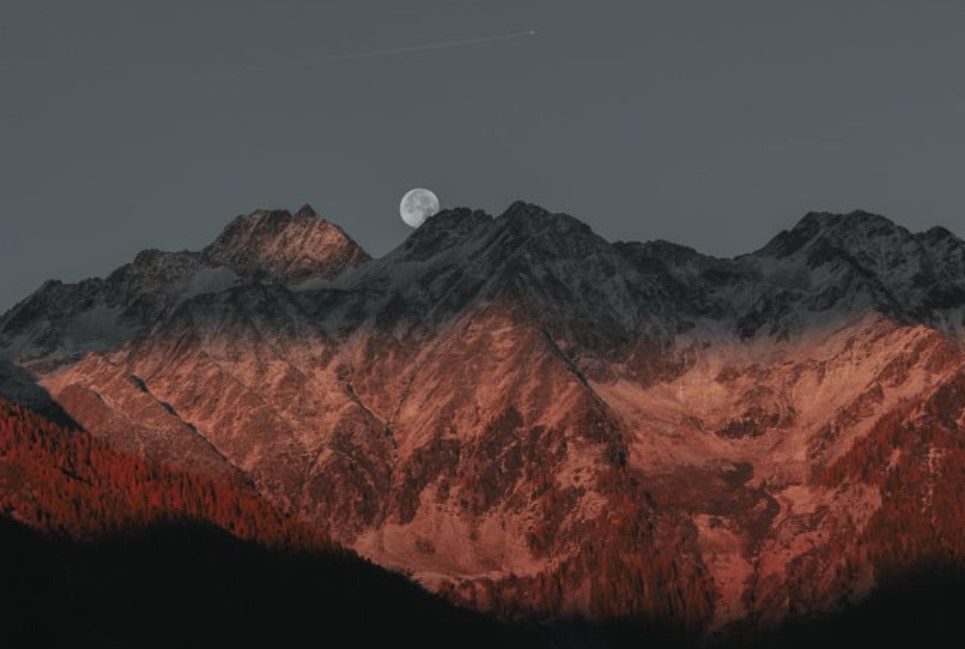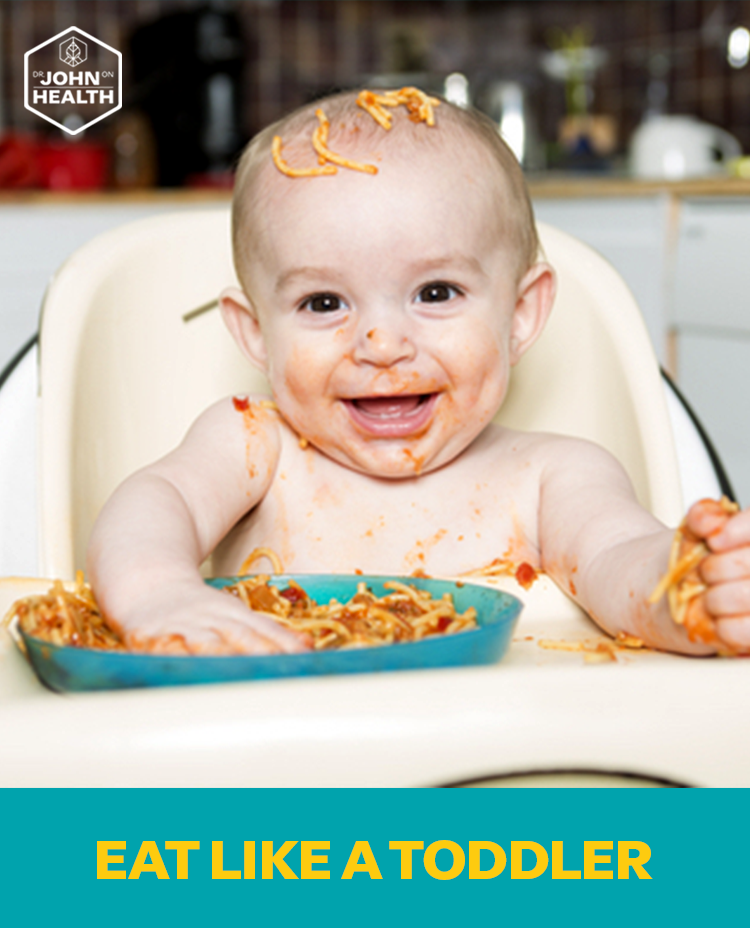Welcome to the latest edition of Unlocking Your Greatness with Wendy Bjork. As an international bestselling author, speaker and guide to others, as well as founder of heartsofwellness.com, it is my mission to help others understand where we’ve been in order to make progress forward and live our best lives!
Just imagine not ever having electricity in your home. And you don’t live in a third world country, you live in the US.
Did you know most of the homes in Navajo nation have never been connected to electricity? What brought this to my attention was an article in our local electric cooperative magazine which featured two linemen from Central Wisconsin that traveled to the Chinle District in Arizona to take part in Project Light Up Navajo IV Project.
Navajo Nation, the largest reservation in the United States, stretches across 27,000 miles over Utah, Arizona and New Mexico. Despite its vast size, it remains one of the least-electrified areas in America. But local groups are working to bring power to Navajo homes and build a sustainable, renewable energy economy that benefits the entire community.
For generations, Navajo people cooked by hand on wood-burning stoves, using spinach, turnips, berries and cedar brush for seasoning. They grew corn and squash, and raised livestock like sheep, goats and rabbits. Now, many Navajo families still cook by memory and measure ingredients with their hands. They use the sun to dry and preserve foods, and the wind to generate energy for their homes.
In the 1920s, a new law in the United States sought to erase disparities between rural and urban areas by connecting hard-to-reach communities to the electric grid. But the US federal government left out the Navajo nation, and more than 15,000 tribal families still don’t have power today.
Bringing electricity to homes in the Navajo nation is not easy. In some cases, the Navajo tribe must first deem a homesite an official family residence before NTUA can connect them to the grid or install solar panels. This is a lengthy process that requires signatures from grazing officers, archaeological reports and surveys, and signoffs from fish and wildlife services.
The COVID-19 pandemic has brought a new urgency to many families’ efforts to get electricity. The Centers for Disease Control recommends frequent, thorough hand-washing to prevent the spread of the virus, and a lack of running water and electricity can make washing hands even more difficult. In addition, a lack of electricity means that many people cannot boil and sterilize drinking water as often as the CDC suggests.
Since 2019, the Navajo Tribal Utility Authority has launched the Light Up Navajo initiative to bring electricity to those households most in need. During the effort, line workers from around the country traveled to Navajo communities and helped to install lines that bring power for the first time. The effort has been a success, with more than 200 families connected to the grid so far. And while the 2020 Light Up Navajo effort was canceled due to the pandemic, NTUA is continuing to work with its local chapters and community members to install lines.
Local groups like Native Renewables and Power Navajo are also installing individual solar systems to provide renewable power for Navajo homes that have never had access to the grid. These single-family solar installations feed clean energy directly into the Navajo home, saving them money and reducing their environmental footprint when compared to kerosene use. The Navajo community has a long way to go to close the power gap, but these groups are working to ensure that all Navajos have access to the most basic of human needs: electricity.
The linemen witnessed many tears of joy, gratitude and were thankful to be a part of this life changing project that still has a long way to go. From the people who could now utilize oxygen, store medications in their own homes to the children who could now store ice cream and popsicles in their own homes for the very first time. The Navajo Tribal Utility Authority shared their deepest gratitude for all who volunteered to help a few more families have access to electricity.
For more information on this project that has a long way to go: https://www.ntua.com/about-us.html .
She inspires them to live in acceptance, creating massive ripple effects in the world as she teaches them to simplify and purify their lives.
Her HeartsofWellness.com platform is the place for women to begin receiving the support they are seeking as they create their roadmap back to wellness with Wendy lighting their path.
She is a pioneer in advocacy and mentorship. Wendy is leading a global revolution of women walking in purpose and peace as she illumines their path ahead with the light of HOPE: Harmony, Options, Peace & Empowerment.
Follow Wendy: heartsofwellness.com/newsletter







